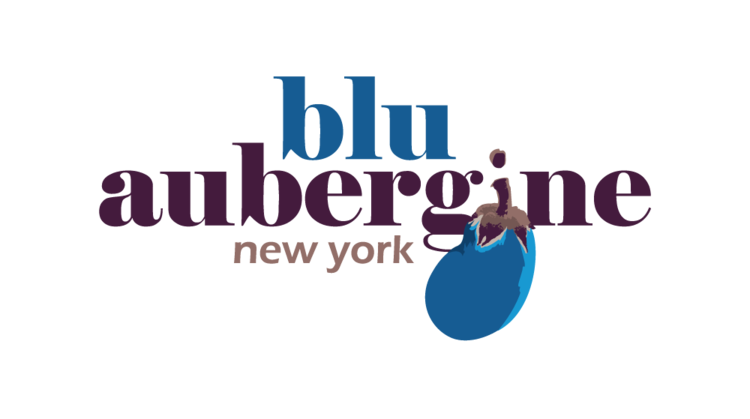
It took her a while to discover it, but since she has, my friend Laurie has been a regular at Val di Mezzo, the goat farm in Anghiari, Tuscany owned by a Michigan native named Brent. It's close to the Umbrian border and its small town of Lippiano, where Laurie has a country house. This is a gorgeous and less-discovered area of 2 famous neighboring Italian regions. And though Chianti in Tuscany, and Orvieto and Perugia in Umbria, are amazing places...well, there's something really nice about being somewhere that feels distinctly more local.

I hadn't been to Laurie's in several years, as we seemed to have just missed each other in Italy the past few seasons. Late September and early October this year, however, we finally got our timing right. I headed up to what I call "Toscumbria" (the Tuscany/Umbria border area where one fades into the other almost seamlessly, then back again), with some friends from Rome. It was still very much late summer in central Italy, with warm sunny days and nights that were just cool enough to warrant a sweater or jacket. Laurie's fig tree on the sloping hill alongside her house was still heavy with ripe fruit, and the wild lavender alongside it still perfumed the air. She'd wanted me to visit Brent's goat farm and I really wanted to see what this American was stirring up in the Italian countryside. So we went.

As it turned out, Brent had just departed for the U.S. for a few weeks, but his helpful dairy farm hand led us around and gave us a tour of the place. Most of the goats are female, of course, and many had given birth in the spring. Others were pregnant (a handful of studly male goats were loudly 'bahhh'-ing in a nearby pen). All were happy to see us and really took to Laurie's visit inside their pen just before feeding time.



We met a nice family that runs a farm west of Charlottesville, Virginia (town of my alma mater, UVa. -- the husband was actually a graduate of their masters program in poetry. Small world!). They were there learning the ropes: Italian cheesemaking combined with innovative American touches, to produce some traditional local cheeses as well as some interesting twists of Brent's own invention.

A tasting allowed us to try different versions and ages of goat milk cheeses. They were all delicious, and we bought lots of it: the Italian caciotta, a feta-like caprino (goat cheese) best for grating, a goat cheese aged in ashes made of local herbs like rosemary and lavender, and one wrapped in chestnut leaves.

When we got back to Laurie's house, We picked a handful of fresh figs from her tree, their insides a deep, brilliant crimson, and I made a fig-peperoncino jam to accompany the caciotta. It was a delicious end to a "Tuscumbrian" meal that we made in her kitchen: a meal for which we spent the day gathering local ingredients.

Dinner -- particularly that local caciotta and homemade fig-peperoncino jam -- truly tasted like Umbria, like Tuscany, like our home away from home.





